
From the previous post to this one, only one week had passed. I can’t remember what all happened that semester, but I am pretty sure no studio work was done that week. I mean, I’m basing that statement on the “last modified” date of my archived files… probably accurate…
Anyway.
~~~~~~~~~~~~~~~~~~~
This post and most Design Research posts after this will be referencing the pdf compilation moves toward the final final book.
The full pdf for this process stage may be found at the link below.
http://issuu.com/christopherperrodin/docs/christopher_perrodin_dt_f12_11612
I will only be showing portions of the pdf's on here, cus otherwise it's a lot. And then the next few posts will be showing refining of presentation and layout via comparison.
~~~~~~~~~~~~~~~~~~~~~~~~~~~~~~~~~
A lot of stuff happened. The week of the previous post I had started reading The Harvard Design School Guide to Shopping / Harvard Design School Project on the City 2. (Has anyone found Project on the City 1?)
Admittedly, I am a Koolhaas fanboy.

I liked reading his writings and watching his lectures in school. They were fun, polemical joy rides around ideas. Sort of reminded me of excited conversations between friends. Also a nice counterpoint to discussions about “space” and poetical, phenomenological, parametrical such and suches that defined most of my formal learning time.
For Guide to Shopping I really enjoyed the evolution of shopping him and his students worked on for the book. I decided to do something similar but looking instead at shopping as an evolution towards its own totality and not second fiddle to another experience. The exploration became more about the rift between civic space and commercial space. For my Degree Project, it took on another meaning which wasn’t apparent to me at the time of Design Thinking.

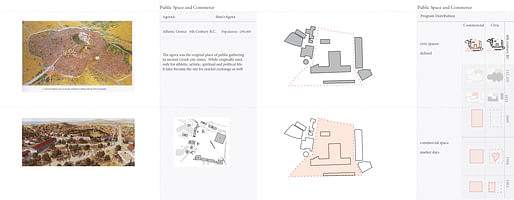
Looking at it now, I don’t really know how I came to think about diagramming the evolution of civic and commercial spaces. Somehow the ideas about the Occupy Movement, The Human Condition by Arendt, Guide to Shopping, the search for public space in a commercial landscape all pulled me in that direction.
I also started to address the growing (and spot on) critique that I wasn’t being as in-your-face, polemic, and blatant about my graphic presentation. So I created a series of binary “Real vs Imaginary” photo comparisons. At the time I was thinking about what a certain spatial condition dreamed of as its ideal scenario. I ended the series with “Real” images and scenarios related to public expression and controlled commercial space.
Also note that these ideas are coming from personal experience and observation. They are meant to be polemical. They are also meant to represent the typical American experience in cities, towns and suburbs. I know and have experience very nice and active places in America. But, again, in my personal experience, they are exceptions to the "real."
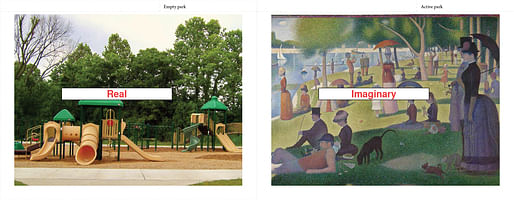

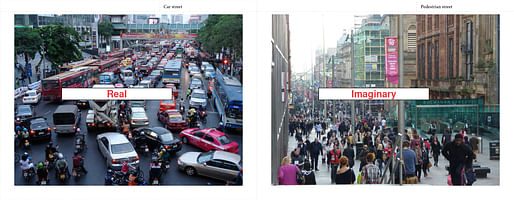
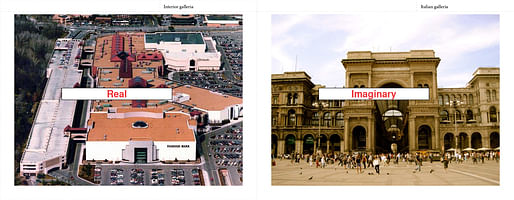

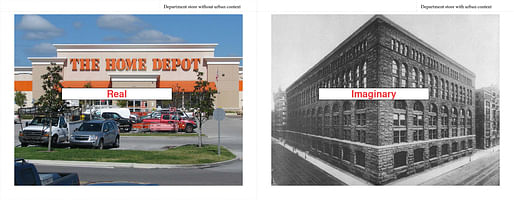
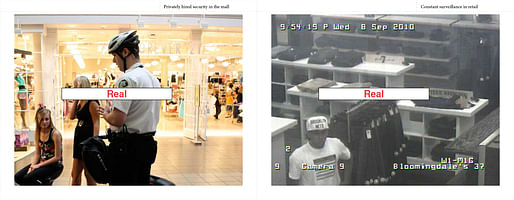

Also made some collages to help drive home the question I am asking.
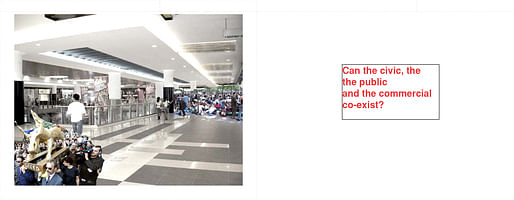
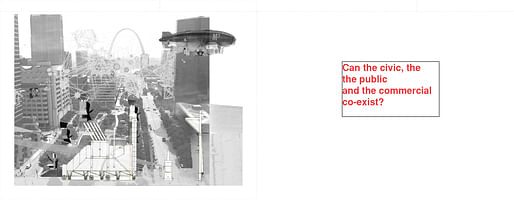

See how I keep using that initial collage? Different style of making than the other two, but I feel that it points to how one should trust those first initial impulses and keep those first produced items around if they feel right for some reason. It was a good sounding board to come back to from time to time in order to find how far away or close I was to the ideas found in the composition.


[First stab at cover page]
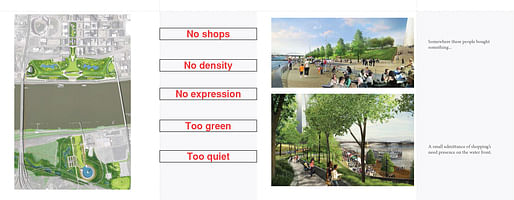
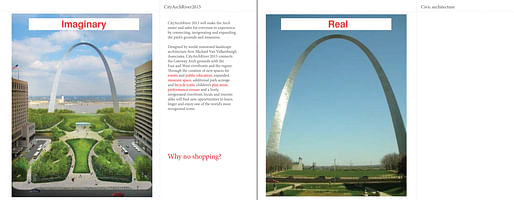

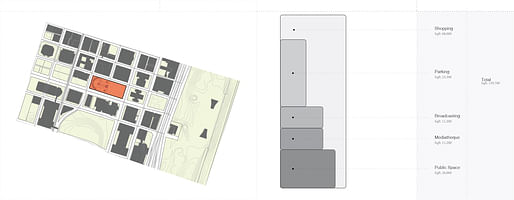
Some site analysis of my FINALLY settled site—Kiener Plaza. After developing the civic aspect of my research further, Kiener Plaza became something I couldn’t escape. Despite my professor suggesting multiple times that downtown St. Louis should be the place I locate my site, I resisted embracing it. Part one, downtown STL is not the most poppin’ place. Part two, I wasn’t as intimately familiar with it as other parts of STL. Part three, low population density in the area. But in the end, Derek was right. As usual.
It works on several fronts. The first and most obvious is that Occupy STL was located there. In fact, most protests are located there. But Kiener Plaza is not immediately next to a functioning federal court building or congressional meeting place. It is located in the financial area, sort of, but not really. It’s also somewhat close to a broadcasting/media station building. All those things, I found, were ancillary or inconsequential. I believe Kiener Plaza is the place of protest, despite low density or close proximity to a vibrant public life, because of the collective understanding of the Old Court House.
I may be biased because I want to believe in the Architecture of the City, but I feel it is not a big leap to say that there is a collective memory of the site as a historically significant place where major decisions are made about how St. Louis wants to move forward. The Dread-Scott case was first brought there. And despite radical changes to the city’s population and urban fabric, the court house has remained in place.
And finally, some precedent studies for projects which may help visualize what I had been thinking about.
For Design Thinking, we were not allowed to make buildings. It was hard.
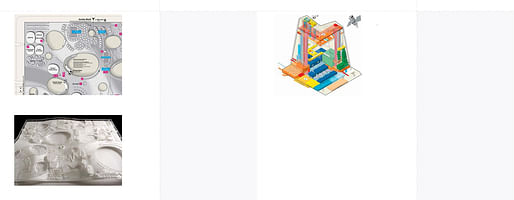
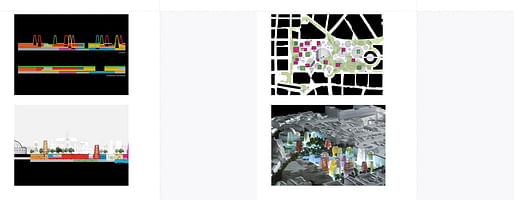
I will chronicle my design research and degree project, providing commentary on my thought process at the time. From there, I will transform the body of work into a book which seeks to place into dialogue the two (currently) separated semesters of work.
No Comments
Block this user
Are you sure you want to block this user and hide all related comments throughout the site?
Archinect
This is your first comment on Archinect. Your comment will be visible once approved.